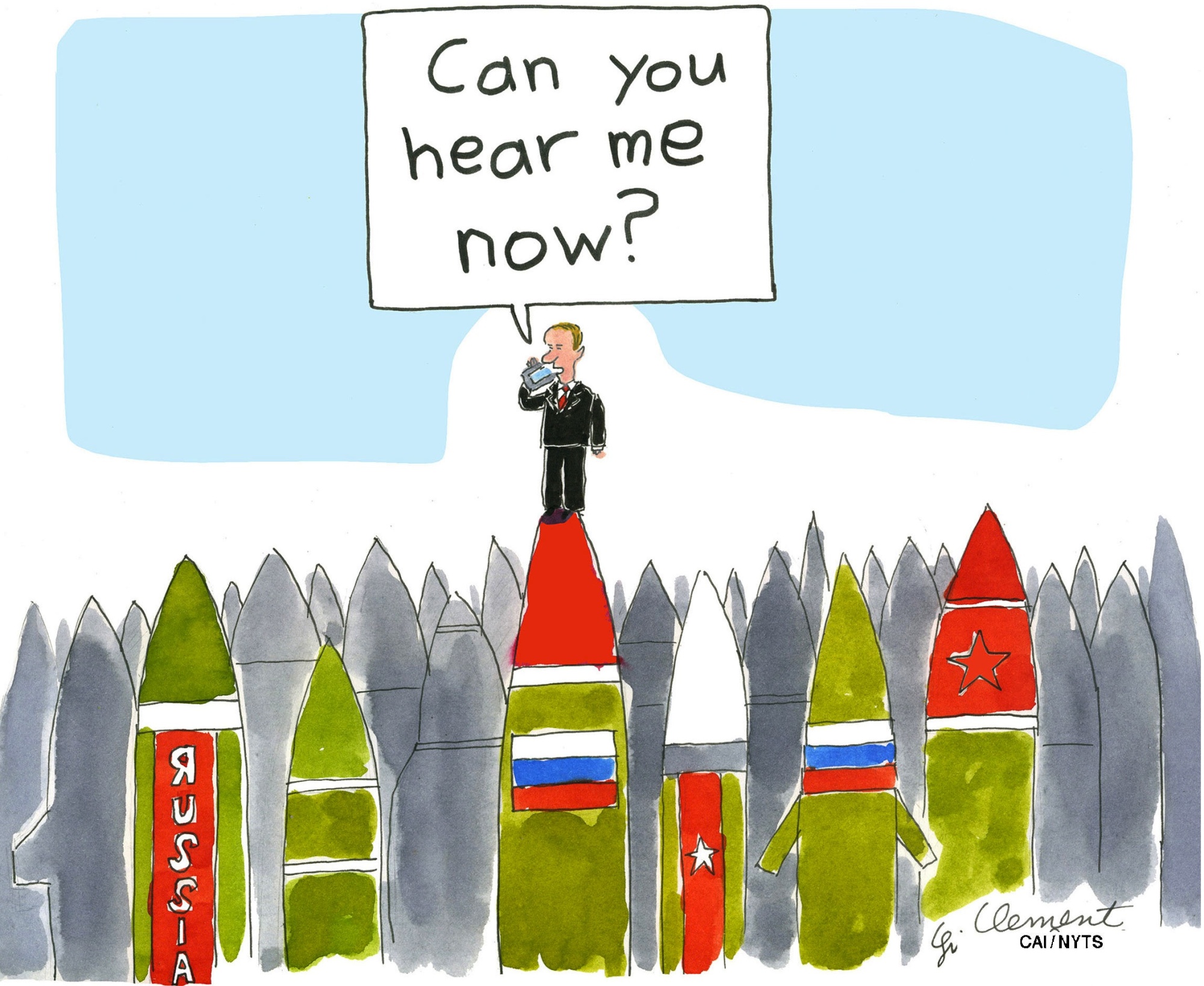The two leaders most responsible for bringing the Cold War to a peaceful end were U.S. President Ronald Reagan and Soviet head of state Mikhail Gorbachev. They also kick-started the dramatic reductions in nuclear arsenals with a mix of unilateral measures and bilateral agreements. The driving force behind this was acceptance of Reagan's affirmation in his State of the Union address on Jan. 25, 1984, that "A nuclear war cannot be won and must never be fought."
Now their successors, U.S. President Donald Trump and Russian President Vladimir Putin, seem determined to resurrect the Cold War rivalry, restart a nuclear arms race, and look for technological breakthroughs and doctrinal justifications for "usable" nuclear weapons.
Delivering his own annual state of the nation speech on March 1, Putin boasted of a new array of invincible nuclear weapons that can penetrate any defenses to reach anywhere in the world. Unsurprisingly, most of the world's media attention has focused on this claim and linked the public pronouncements to the March 18 presidential election. Of greater import were passages proclaiming that Russia is back as a power not to be trifled with, the justifications for it, and the intimations of a potential new nuclear arms race.


















With your current subscription plan you can comment on stories. However, before writing your first comment, please create a display name in the Profile section of your subscriber account page.